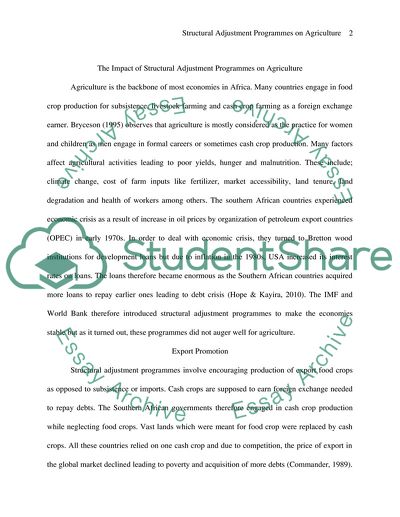Cite this document
(“Illustrating your answer with specific examples, evaluate the impact Essay”, n.d.)
Retrieved from https://studentshare.org/miscellaneous/1564505-illustrating-your-answer-with-specific-examples-evaluate-the-impact-of-structural-adjustment-programmes-on-agriculture-in-southern-africa
Retrieved from https://studentshare.org/miscellaneous/1564505-illustrating-your-answer-with-specific-examples-evaluate-the-impact-of-structural-adjustment-programmes-on-agriculture-in-southern-africa
(Illustrating Your Answer With Specific Examples, Evaluate the Impact Essay)
https://studentshare.org/miscellaneous/1564505-illustrating-your-answer-with-specific-examples-evaluate-the-impact-of-structural-adjustment-programmes-on-agriculture-in-southern-africa.
https://studentshare.org/miscellaneous/1564505-illustrating-your-answer-with-specific-examples-evaluate-the-impact-of-structural-adjustment-programmes-on-agriculture-in-southern-africa.
“Illustrating Your Answer With Specific Examples, Evaluate the Impact Essay”, n.d. https://studentshare.org/miscellaneous/1564505-illustrating-your-answer-with-specific-examples-evaluate-the-impact-of-structural-adjustment-programmes-on-agriculture-in-southern-africa.


